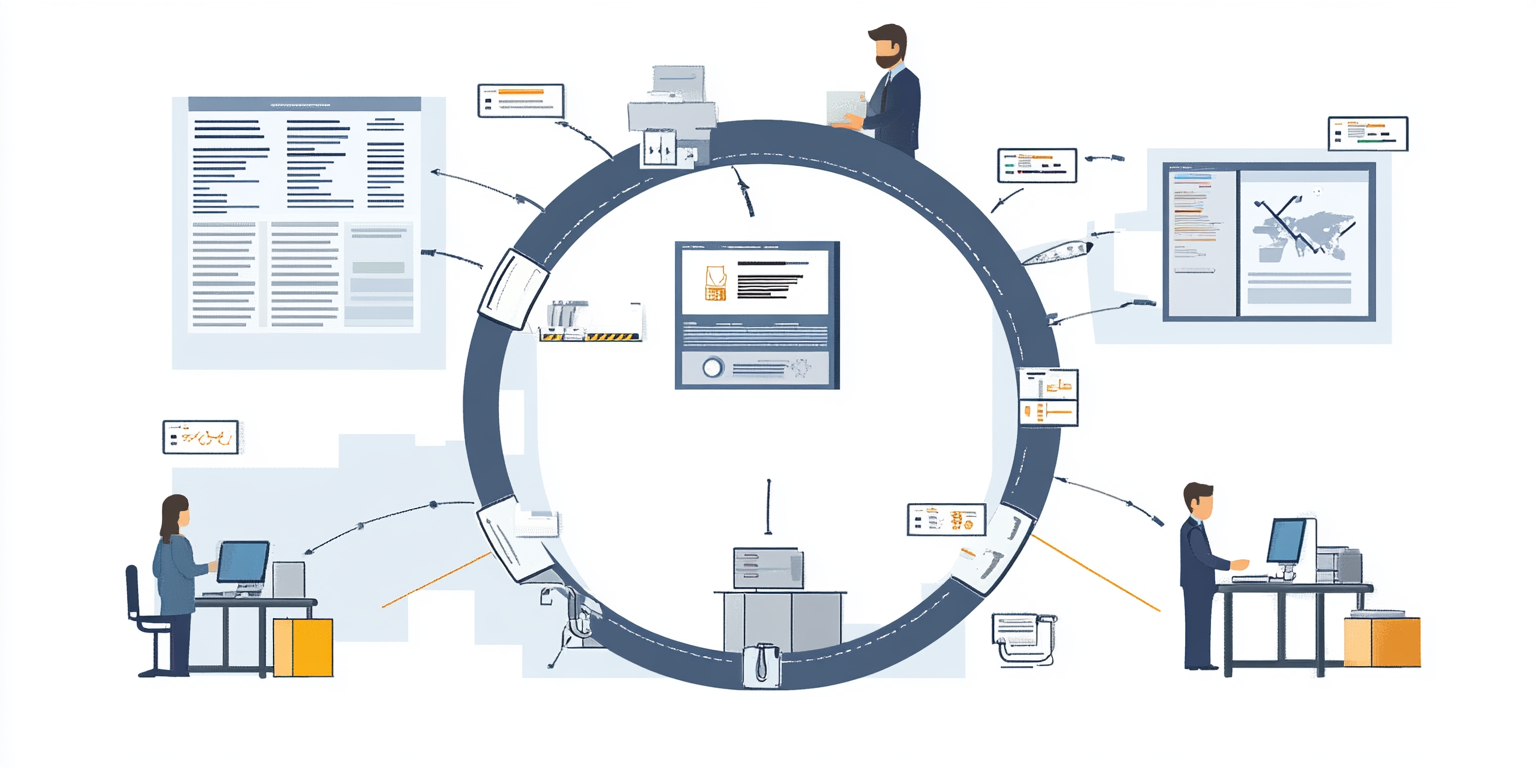Procurement Domain and Procurement Data Files Understanding
Goal of the Day
Develop a strong understanding of procurement processes and procurement analytics, explore Titan’s procurement datasets, and create a clear mapping between procurement steps and data fields.
Prepare the groundwork for starting data cleaning and analysis in upcoming days.
Detailed Tasks with U2xAI Prompts and Interview Preparation Focus
1. Study Procurement Processes (Procure-to-Pay Cycle)
- What to Do:
Learn the full procurement process: requisition creation, approval, purchase order issuance, goods receipt, invoice matching, and payment. - U2xAI Prompt:
"Explain the procure-to-pay (P2P) cycle in supply chain management with a simple example." - How This Helps for Interviews:
Procurement-related interview questions are common: “Explain P2P” or “How does procurement impact supply chain efficiency?” This builds your conceptual clarity. - Time Recommendation: 1 hour
2. Explore Procurement Datasets and Identify Key Fields
- What to Do:
Open datasets such as Procurement Orders, Invoice Data, and Requisition Data. Study key columns: requisition ID, supplier ID, material description, quantity, price, status. - U2xAI Prompt:
"List typical fields found in procurement datasets and explain their business meaning in simple terms." - How This Helps for Interviews:
In interviews, you may be given raw data and asked, “What can you infer from these fields?” Practicing this builds instant interpretation ability. - Time Recommendation: 1.5 hours
3. Map the Procurement Process to Dataset Fields
- What to Do:
Create a visual map showing which dataset field corresponds to each step in the procurement process. - U2xAI Prompt:
"Help me create a mapping between steps of the procurement process (like requisition, PO, GRN, invoice) and dataset fields typically used." - How This Helps for Interviews:
Shows that you can connect business processes to data, a vital supply chain data analyst skill. - Time Recommendation: 1 hour
4. Link Procurement Data Fields to Procurement Analytics
- What to Do:
Identify how different data fields are used to create procurement KPIs, such as purchase order cycle time, supplier lead time, and invoice matching rate. - U2xAI Prompt:
"Which procurement KPIs can be calculated using data fields like purchase date, delivery date, invoice date, and quantity?" - How This Helps for Interviews:
Prepares you for questions like “How would you use procurement data to improve supplier performance?” or “What KPIs would you track in procurement?” - Time Recommendation: 45 minutes
5. Document the Procurement Workflow and Field Mapping
- What to Do:
Create a simple one-page workflow diagram showing procurement steps, matched fields, and potential KPIs. - U2xAI Prompt:
"Suggest a simple format for documenting a procurement workflow and linking it to data fields and KPIs." - How This Helps for Interviews:
Shows structured thinking, attention to detail, and ability to translate business processes into data models — very attractive to recruiters. - Time Recommendation: 45 minutes
6. Plan Next Day’s Cleaning Activities
- What to Do:
List potential data cleaning tasks needed for the procurement datasets, such as:- Handling missing supplier IDs
- Standardizing currency formats
- Checking quantity mismatches
- U2xAI Prompt:
"What are common data quality issues found in procurement datasets, and how should they be cleaned?" - How This Helps for Interviews:
Readies you for practical data cleaning exercises, often tested live during interviews or technical assessments. - Time Recommendation: 15 minutes
Step-by-Step BUILDUP Application for Day 4
- Breakdown:
Understand procurement cycle and data structure. - Understand:
Study procurement dataset fields and meanings. - Implement:
Map procurement steps to dataset fields and KPIs. - Link:
Relate procurement process understanding to Titan's actual datasets. - Document:
Create a one-pager linking process steps, fields, and KPIs. - Upgrade Progress:
Plan next day's cleaning and error-detection strategies for procurement datasets.
Deliverables for Today
- Procurement Workflow Map (steps + fields + KPIs)
- Procurement Data Field Summary Sheet
- List of common cleaning tasks for procurement data
Practice Interview Questions for Day 4
- Walk me through the procure-to-pay cycle with a real example.
- What are the key fields in a procurement dataset, and what do they tell you?
- How would you calculate supplier lead time from procurement data?
- What kind of data errors could you find in procurement records?
- If supplier IDs are missing in many purchase orders, how would you handle it?
Bonus Task:
Practice explaining how procurement data can be used to find cost-saving opportunities — a very common business case asked in interviews.











